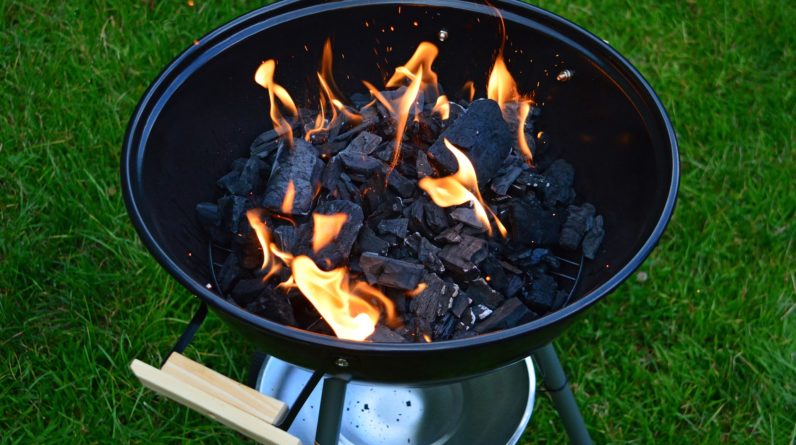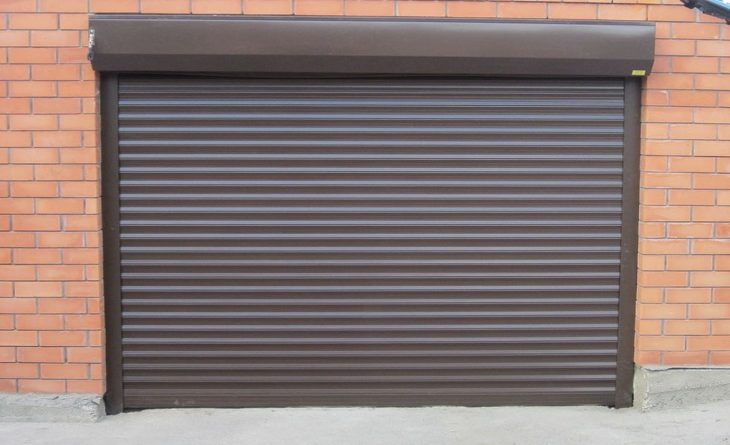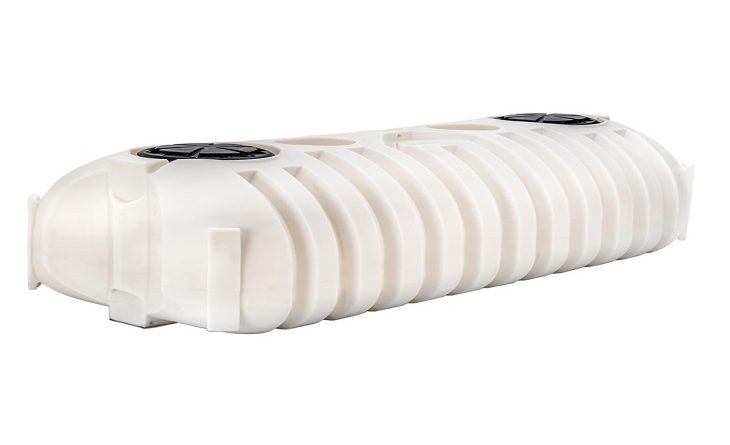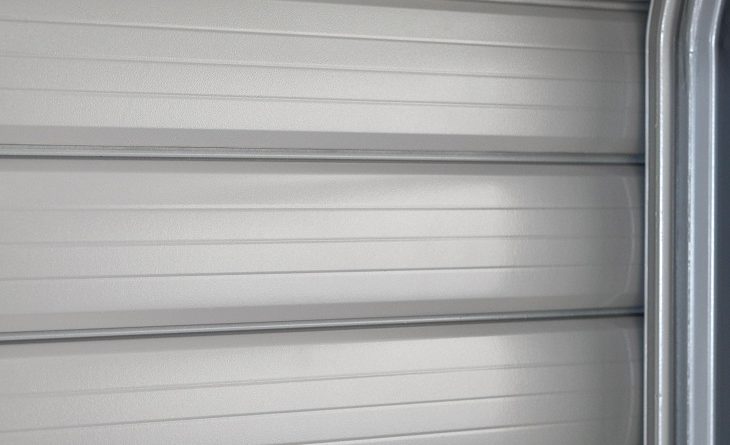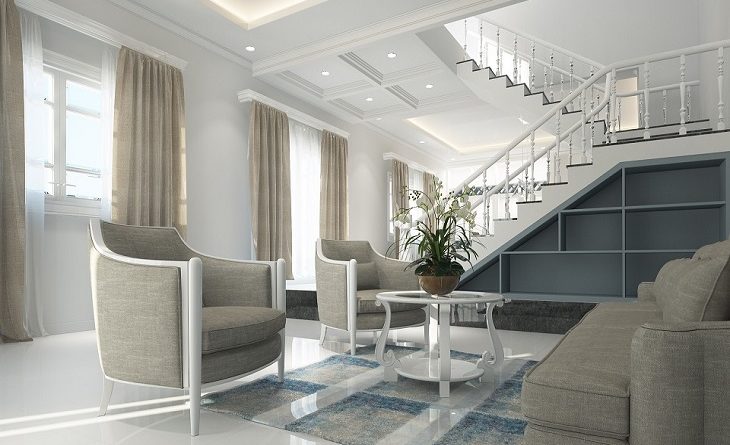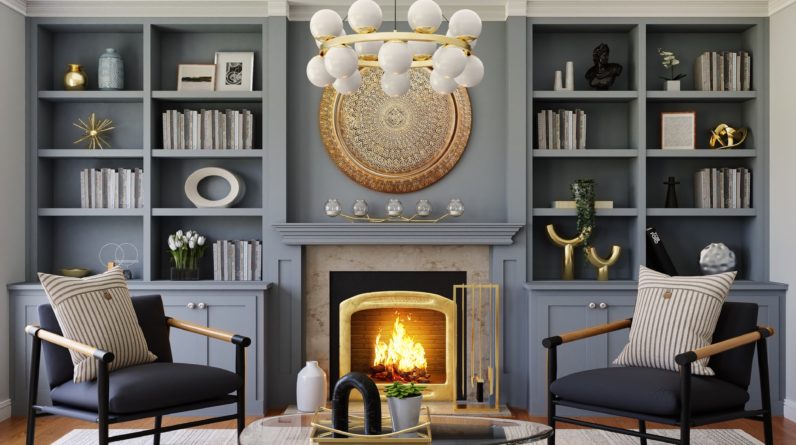
Home heating is a vital component of ambience and aesthetic fulfilment. Most professionals and homeowners consider the fireplace an integral part of the room, rather than a separate entity when thinking of interior design today. Therefore, they make every effort to ensure that the heater’s presence serves both a formational and functional purpose.
Keeping in mind the dual purpose of the ideal fireplace, you come to the point where you must select which type, size and model best suit your preferences and design outlooks. This article acts as a comparative guide by exploring the benefits of in-built and free-standing wood heaters.
IN-BUILT WOOD HEATERS
In-built wood heaters are heating devices whose placement is within a wall unit. Their design mimics traditional fireplaces. In fact, you can install an in-built wood heater within an existing fireplace. Their appearance allows you to maintain the classic look of a cosy hearth while emitting more even heating.
The benefits of using in-built wood heaters are:
Saving Space
In-built wood heaters don’t take up much room. An appropriate existing wall or pillar is sufficient for installing a new heater. This attribute makes in-built fireplaces ideal in areas where space comes at a premium, for example, within city apartments or packed suburbs. All it takes is the input of a heating expert’s knowledge to take advantage of non-intrusive methods of installing the fireplace and requisite chimney.
Blending In
In-built fireplaces are very adaptable to various design themes. Therefore, they will look just as pleasing in a modern, contemporary aesthetic as in a more rustic and traditional one. So, no matter your overall interior design outlook, an in-built fireplace will present a pleasing focal point while providing sufficient warmth to keep you and your family cosy and warm.
Safety
In-built wood heaters are remarkably safe to use. This advantage is a derivate of modern fireplace design where most models have glass doors or protective mesh barriers to keep the flames contained within the firebox. As a result, it is easier to keep the little ones, excitable pets and precious valuables away from the deadly fire.
FREE-STANDING WOOD HEATERS
Free-standing wood heaters differ from the in-built iterations based on one significant attribute- they have no wall attachments. As a result, you can install a free-standing fireplace anywhere within a room, as long as it remains a prescribed distance away from objects that may ignite. Free-standing fireplaces also use chimneys, although it is also possible to vent them laterally through a wall.
Below are some benefits of free-standing wood heaters:
They are easy to install
Installing a free-standing wood heater does not require extensive construction work. The most an installer has to accomplish is creating a venting system for the chimney. Consequently, you have the freedom to place the fireplace wherever you feel it works best based on your design preferences.
They provide quick heat distribution
Since the firepit and the structure of a free-standing wood fireplace are unencumbered by walls, there is more free airflow. As a result, the warm air is allowed to flow around the room with minimal heat loss to surrounding obstacles. This feature makes free-standing fireplaces ideal for heating large spaces.
They have modern safety features
Free-standing fireplace design has evolved over time to enhance the safety of its use. Modern models feature safety elements like insulated housing. This attribute prevents the occurrence of burns when you touch a part of the heater’s external structure. In addition, free-standing wood heaters have legs that provide some height clearance from the floor. This allowance facilitates unrestricted airflow while protecting your floors from the hot firebox.
There is a reason why wood heaters remain a popular home heating option among Australian homeowners. They provide a more energy-efficient method of enjoying wood-burning fireplaces without losing out on the visual effect that a crackling flame has. Therefore, you always get to enjoy both the form and the function.
Read Also:

